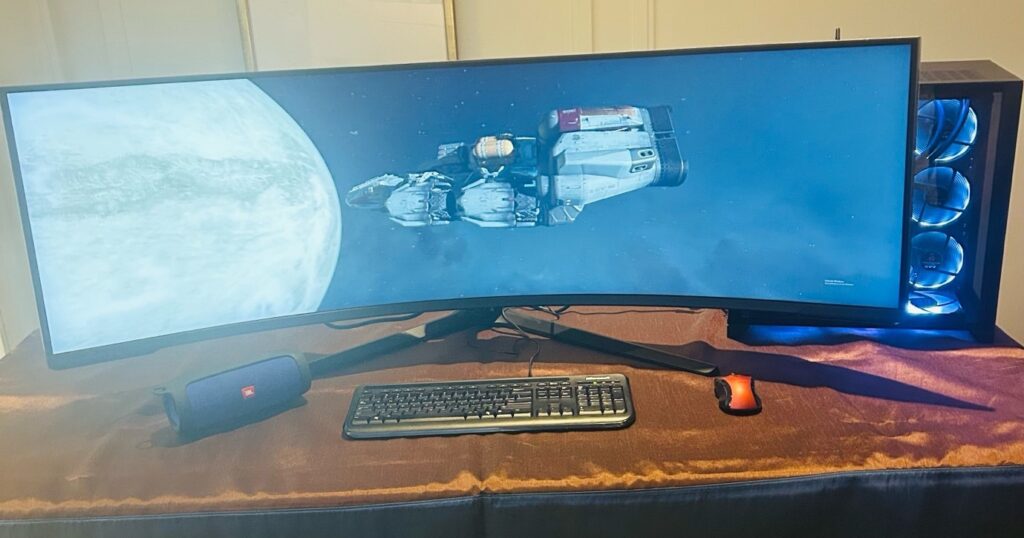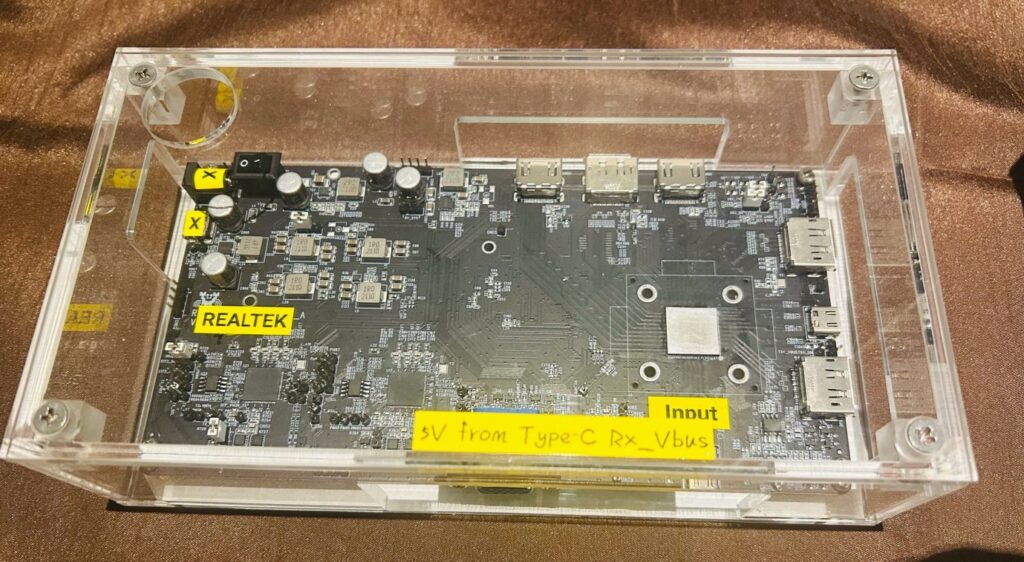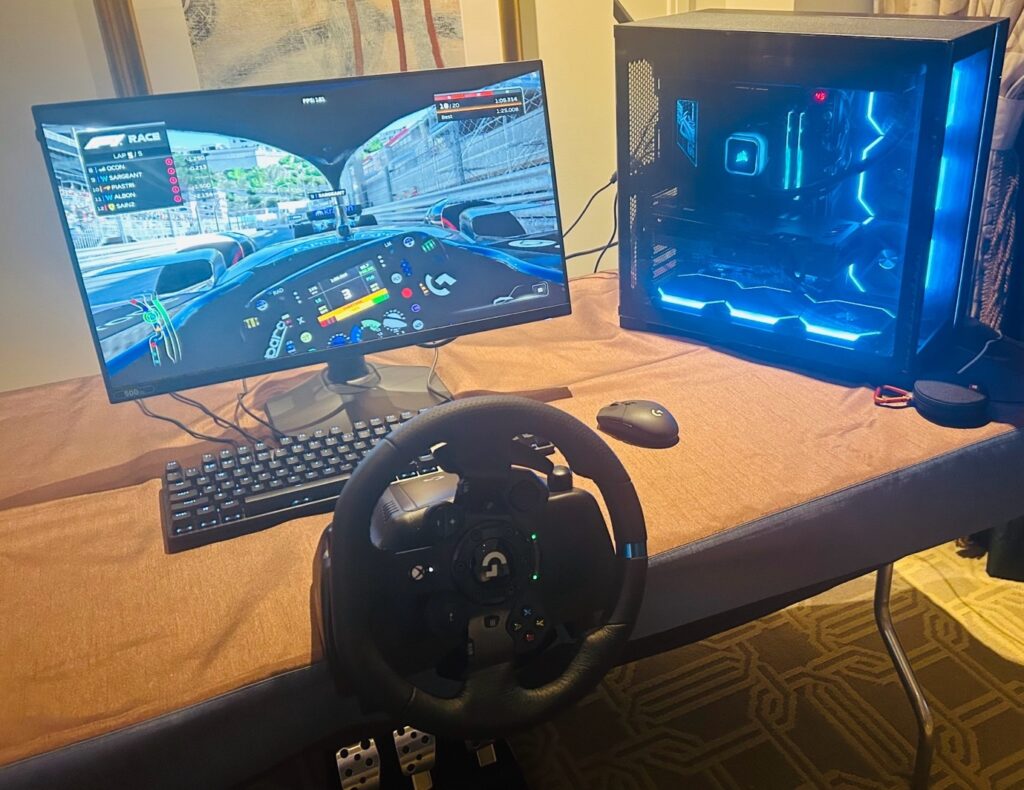DisplayPort 2.1a enables longer Ultra-High Bit Rate (UHBR) cables; new Automotive Extension Services protocol enables first-ever standard for functional safety, authenticity, and integrity verification of automotive displays.
What do we think? You either care about VESA standards or you don’t. We’ve seen enough iffy monitors to see the value of VESA. The update to the Adaptive-Sync Display standard brings significant improvements to DisplayPort technology. The most notable enhancement is the introduction of the UHBR13.5 cable spec, which is specifically designed to support both UHBR10 and UHBR13.5 monitors and graphics cards. This update enables longer passive cables, eliminating the previous limitation of a 1-meter DP80 cable, and provides more bandwidth support. It particularly matters for setups involving ultra-wide curved displays.
As vehicles become more advanced and connected, the demand for high-resolution interior displays is increasing. These displays provide drivers with essential information for safe and efficient vehicle operation, especially as the EV trend puts more and more data on-screen. One advantage of DisplayPort in cars is its Multi-Stream Transport (MST) feature, which enables the connection of multiple displays to a single DP source port. Previously, there was no standardized method to verify that the data transmitted from the GPU was received by the display accurately and without any noise or errors.

The updated Adaptive-Sync Display standard introduces a mechanism for ensuring the integrity of the data transmitted between the GPU and the display. This helps to eliminate any potential noise injection or errors that may occur during transmission.
Updates from VESA bring improvements to cable support and data transmission verification, enhancing the performance and reliability of display systems in both consumer and automotive applications
We visited the VESA (Video Electronics Standards Association) demo suite at CES 2024 for a tour of VESA’s latest demos and to meet with VESA executives. They told us about the latest VESA display standards, including the new Automotive Extension Specification protocol, and the latest updates to the Adaptive-Sync Display standard, which we wrote about here.
VESA showed us how the latest update to DisplayPort, version 2.1a, which replaces the VESA-certified DP40 Ultra-High bit rate (UHBR) cable specification with a new VESA-certified DP54 UHBR cable spec, can enable up to four-lane UHBR13.5 link-rate support (a maximum throughput of 54 Gbps) over a 2-meter passive cable, which supports three new data rates per lane: 10 Gbps, 13.5 Gbps, and 20 Gbps. The maximum total bandwidth on a standard four-lane connection is 4× 20 Gbps, or 80 Gbps, which is important for 8K displays. Previous specifications limited cable length to 1 meter, so this update doubles the passive cable length for UHBR13.5 GPU-to-display connections.
Does this matter? The very real example of trying to cable a trade show was right in front of us. An extra meter makes all the difference in a lot of settings.

VESA also used CES to announce a new Automotive Extension Services protocol specification for both DisplayPort 2.1a and the latest version of VESA’s Embedded DisplayPort (eDP) specification, version 1.5a.
This protocol extension provides support for automotive display functional safety as well as secure integrity and authentication for up to 16 display regions of interest. With the VESA Automotive Extension Services protocol, VESA has established a standard for vehicle displays that should enable display safety engineers to achieve ISO 26262 ASIL D electronic safety integrity. They say chip manufacturers are already adopting VESA’s Automotive Extension Services protocol, though no vehicles are shipping quite yet.
